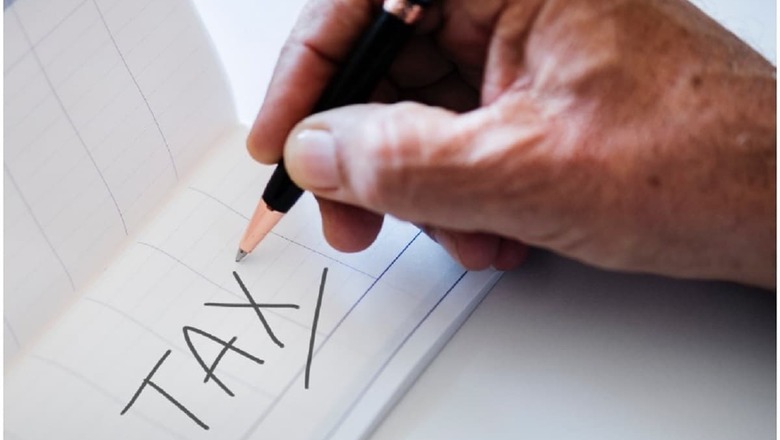
views
Albert Einstein had once famously said: “The hardest thing in the world to understand is income tax.” But we all know that there’s no escaping the fact that all salaried individuals have to file an income tax return (ITR) every year.
With just two days left to file an income tax return (ITR) for the 2019-20 fiscal (the assessment year 2020-21), the pressure is mounting on many taxpayers to meet the deadline.
Usually, July 31 of the assessment year following the fiscal is the last day to file ITR. However, this time due to COVID-19 the deadline was first extended till December 31, 2020. Then, the Centre further extended the deadline to file ITR till January 10, 2021. If you don’t file your ITR before the deadline, you will be liable to pay late filing fees of ₹10,000.
Though many taxpayers took to Twitter to plead the finance minister to further extend the deadline, citing the pandemic and system issues, it doesn’t look likely. So, here’s what you need to know to ensure you file an error-free ITR:
Who needs to file returns?
If you are a salaried individual whose aggregate income exceeds the basic exemption limit before various deductions, you need to file ITR. This exemption limit is ₹2.5 lakh per annum for those below 60 years. For those above 60 but below 80, this exemption limit is ₹3 lakh. If you have crossed 80, your exemption limit is ₹5 lakh.
Keep your Form 16 ready
If you are a salaried individual, you need to collect Form 16 from your employer. It is a tax deducted at source (TDS) certificate that every employer has to mandatorily issue to all those employees from whose salaries tax has been deducted.
Form 16 has two parts. Part A contains information about the tax deducted. It should have the employee’s PAN number and the employer’s TAN (Tax Deduction Account) number. Part B has a break-up of the employee’s gross salary.
Apart from Form 16, you also need to keep your pay slips, Aadhaar card, PAN card, tax-saving investment proofs, rent receipts, proofs to claim deductions under Section 80D, home loan statements, bank account details, etc. ready.
Tally Form 16 with Form 26AS
Form 26AS is an annual consolidated tax statement. With your PAN number, you can access it at the income-tax website. Refer to your Form 26AS and tally it with the Form 16 for the amount of taxes you’ve paid to the treasury of the central government. This amount needs to match in both the documents to ensure that the tax deducted has been deposited with the government. Visit the TRACES website to download Form 26AS.
Deductions on interest earned from savings
If you have earned interest from savings account deposits or fixed deposits, you can claim deduction under section 80TTA of the Income Tax Act up to ₹10,000.
Choose the right ITR form
There are different ITR forms for various categories of taxpayers. For example, ITR-1 is applicable for resident individuals with income up to Rs 50 lakh. Similarly, there are other categories of ITR forms, based on type of income, amount of income, etc. Be sure to choose the relevant form.
Verify returns
This is the most important step while filing ITR. All your hard work may go waste if you fail to verify your ITR after filing. In case you fail to do so, your ITR will be treated as invalid.
Read all the Latest News, Breaking News and Coronavirus News here




















Comments
0 comment